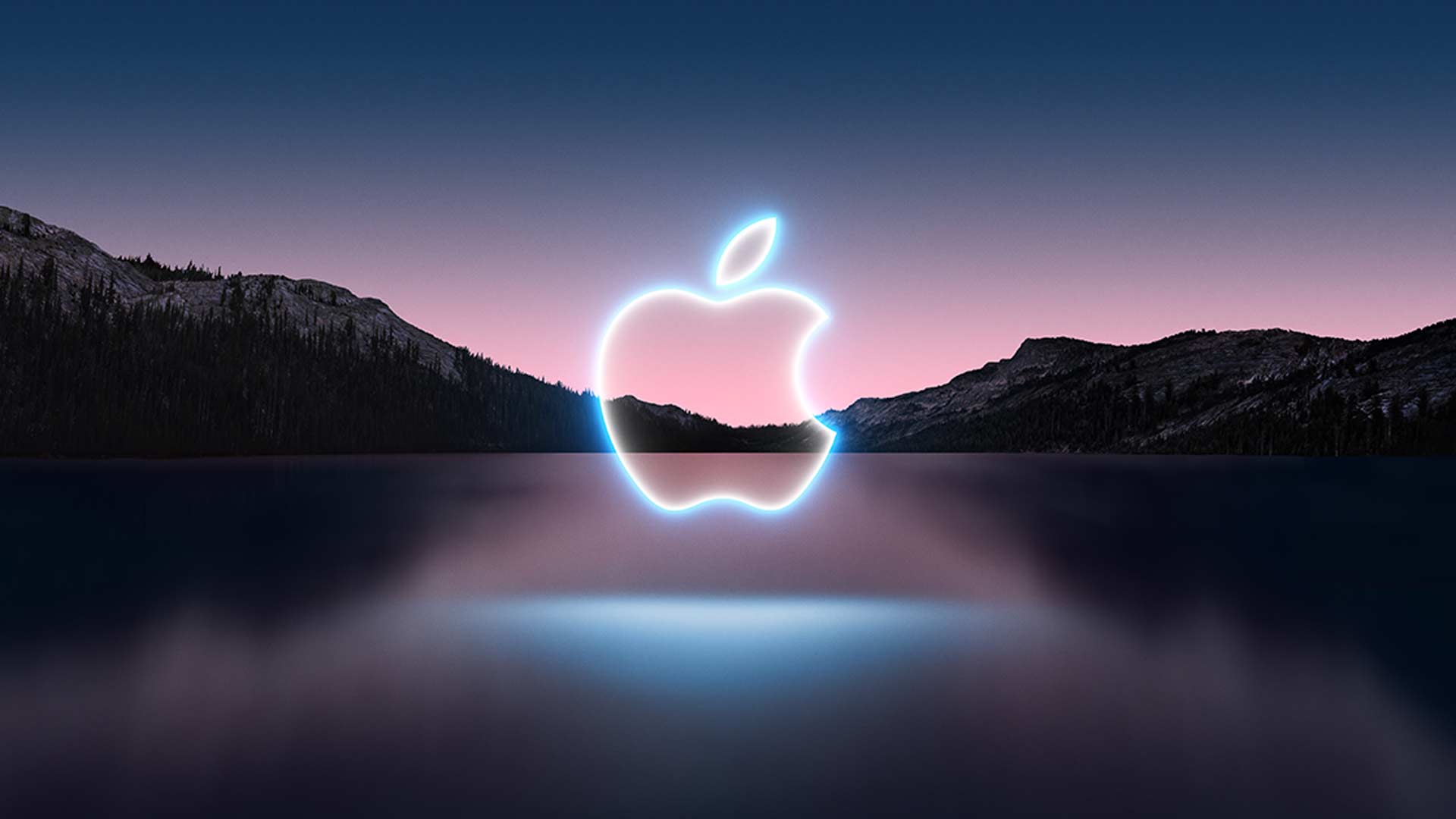Apple appears to be getting ready to unveil its first mixed reality headset at its Worldwide Developers Conference (WWDC) in June. Now a report from Bloomberg maintains the Cupertino tech giant is also prepping a dizzying number of first-party apps, including gaming, fitness, video and collaboration tools.
Bloomberg’s Mark Gurman is a lightning rod for all things Apple, and in his new info dump it appears we now have a pretty sizable list of first-party content coming to the still very much under-wraps mixed reality headset.
Here’s all of the major apps and features mentioned in the report:
- iPad apps adapted for mixed reality: Calendars, Contacts, Files, Home control, Mail, Maps, Messaging, Notes, Photos, Reminders, Music, News, Stocks, and Weather apps.
- FaceTime: conferencing service will generate 3D versions of users in virtual meeting rooms.
- Freeform collaboration app: will let users work on virtual whiteboards together while in mixed reality.
- Work apps: Pages word processing, Numbers spreadsheet and Keynote slide deck apps, as well as iMovie and GarageBand for video and music production.
- Apple TV: both immersive sports content and traditional video content – the latter presented in virtual environments, such as a desert or the sky.
- Apple Books: will allow users to read in virtual reality.
- Fitness+: will let users exercise while watching an instructor in VR.
- Multitasking & Siri: will be able to run multiple apps at the same time, floating within the mixed reality space. Siri voice control is also present.
- Camera app: can take pictures from the headset.
Provided all of the above is accurate, Apple may be releasing the industry’s most feature-rich headset out of the gate, as it appears to be hauling in a ton of its mature and battle-tested ecosystem of apps.
It’s also said that gaming will be a major focus—a reversal from previous reports. This could mean we’ll see a wider push for Apple to court third-party developers soon after release, which is said to release a few months after is June unveiling, priced at somewhere around $3,000.
As for hardware, as many suggested in the past, Gurman reconfirms the existence of a dial crown similar to the one seen on Apple Watch, which will let the wearer seamlessly switch between virtual and augmented reality views.
Here’s a compilation list of alleged Apple MR headset features scavenged from previous reports—all of which you should take with a heaping handful of salt. We’ve broken them down into specs and design rumors:
Rumored Apple MR Specs
- Resolution: Dual Micro OLED displays at 4K resolution (per eye)
- FOV: 120-degrees, similar to Valve Index
- Chipset: Two 5nm chips. Includes a main SoC (CPU, GPU, and memory) and a dedicated image signal processor (ISP). Chips communicate via a custom streaming codec to combat latency.
- Battery: Waist-mounted battery, connected via MagSafe-like power cable to the headset’s headband. Two-hour max battery life, although hotswappable for longer sessions.
- Passthrough: ISP chip contains custom high-bandwidth memory made by SK Hynix, providing low latency color passthrough
- Audio: H2 chip, providing ultra-low latency connection with the second-generation AirPods Pro and future AirPods models. No 3.5mm and possible no support for non-AirPod BT headphones.
- Controller: Apple is said to favor hand-tracking and voice recognition to control the headset, but it has tested a “wand” and a “finger thimble” as alternative control input methods.
- Prescription Lenses: Magnetically attachable custom prescription lenses for glasses-wearers.
- IPD Adjustment: Automatic, motorized adjustment to match the wearer’s interpupillary distance.
- Eye Tracking: At least one camera per-eye for things like avatar presence and foveated rendering
- Face & Body Tracking: More than a dozen cameras and sensors capture both facial expressions and body movements, including the user’s legs.
- Room Tracking: Both short- and long-range LiDAR scanners to map surfaces and distances in three dimensions.
- App Compatibility: Said to have the ability to run existing iOS apps in 2D.
- Price: $3,000 – $4,000
Design Rumors
- Outer Shell: Aluminum, glass, and carbon fiber to reduce its size and weight. Cameras are largely concealed for aesthetic reasons.
- Presence Displays: Outward-facing display can show user’s facial expressions and also presumably eye movements. Said to be an always-on display similar in latency and power draw of Apple Watch or iPhone 14 Pro.
- Dedicated Passthrough Switch: Digital Crown-like dial on its right side to switch between VR and AR.
- Headstrap: Various available, including consumer-focused headstrap similar in material to Apple Watch sport bands with built-in speakers. Unspecified, but different headstrap targeted at developers.
– – — – –
As you’d imagine, Apple has confirmed absolutely nothing, so we’ll be tuning in for the June 5th keynote to see whether we’ll finally get a big “one more thing” moment we’ve been waiting for.
,
